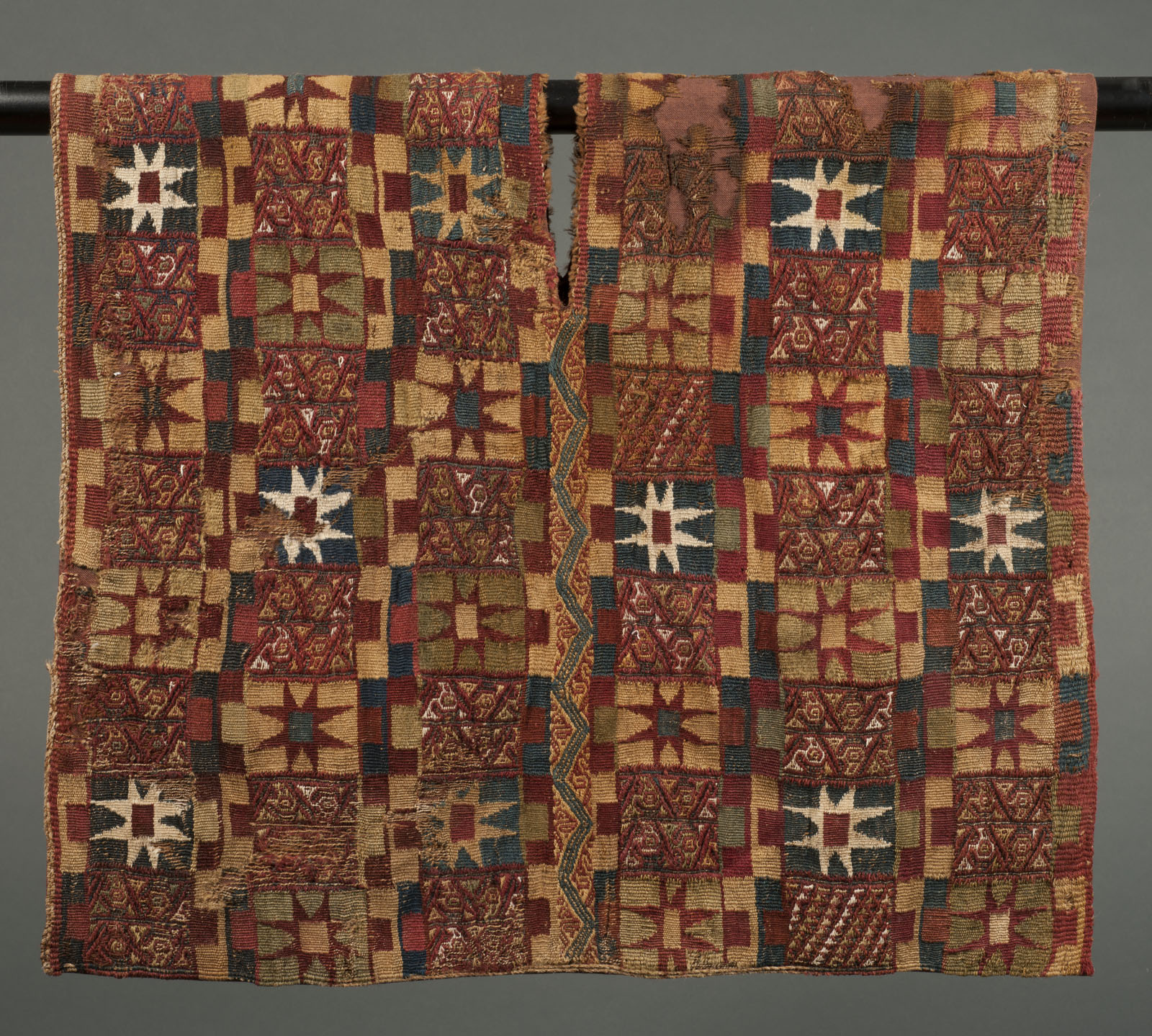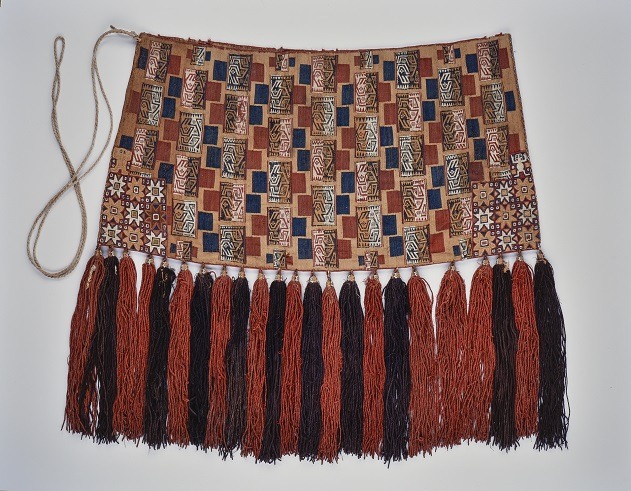For the first time in Europe, the Art and History Museum is dedicating a major exhibition to the art of pre-Columbian textiles. Visitors will also be able to admire adornments, accessories and jewellery.
Textiles were naturally used for wearing as well as for decorating the walls of certain houses, but were above all a valuable commodity. They were considered important assets, signs of financial affluence, and were greatly prized as gifts in diplomatic exchange and for religious offerings.
The first Spaniards who discovered these lands were immediately amazed at the quality of the textiles and often compared them to European silks. The value of the fabric was not really in the cut, as this was extremely simple due to the type of loom used, but rather in the quality of the fibres, the richness of the ornamentation and diversity of the colours and symbols.
The wearer of the clothing could thereby indicate his social position, membership of a group and also express a religious meaning.
ANDEAN TEXTILES, A MAJOR ART FORM

In the Andes, unlike some other civilisations and cultures, textiles were considered a major art form. To the extent that the manner of creation and iconography of textiles influenced other art forms such as ceramics and even architecture. We also know that textiles had a symbolic importance and were considered sacred. In fact, we know of “sacrifices” of textiles which were burned to please a divinity. In addition, important burials were literally wrapped in up to a dozen layers of fabric. The texts of the first Spaniards also inform us of the importance of the control by the Inca Emperor of the primary materials such as cotton and camelid wool. He also owned mills and textile workshops working for him alone and which produced the finest textiles with an iconography showing him as the ruler. It was thus a major art form of the court and followed strict rules.
THE EXHIBITION

Ear discs adorned with a figure with a large semi-circular headdress. He must have been an important figure as he wears ear ornaments and carries a sceptre, a mark of power. Chimu Culture, Late Intermediate 1100 – 1470 CE.
Around 200 objects, including exceptionally well-preserved items and major works from European museums and private collectors, will be displayed. The chronology of Peru is divided into “Horizons” and “Intermediaries”.
Horizons are periods where one particular civilisation extends its power and influence over the whole of Peru. The so-called intermediary periods are when several civilisations with different styles and regional variations coexist. In other words, in the ancient history of Peru, periods of relative cultural uniformity (Horizons) alternate with periods of great regional diversity (Intermediaries). This is how, during the intermediary periods, there are a succession of small kingdoms spread out from North to South.
The exhibition takes place from 23 November 2018 until 24 March 2019.
For more information https://www.kmkg-mrah.be/nl/expositions/inca-dress-code

